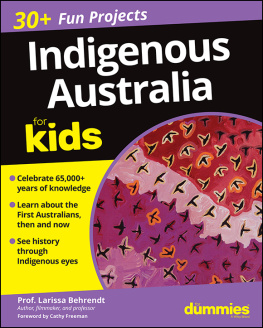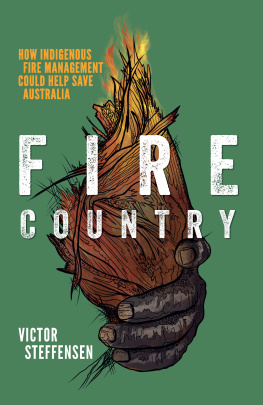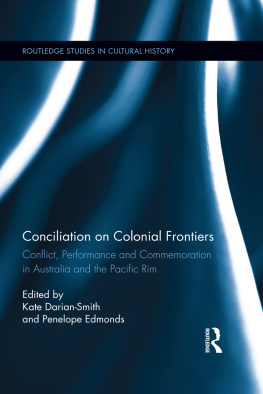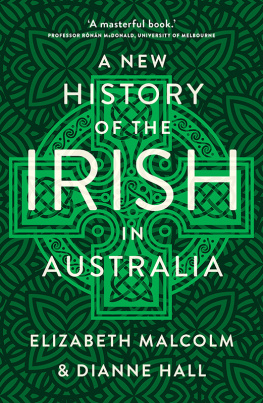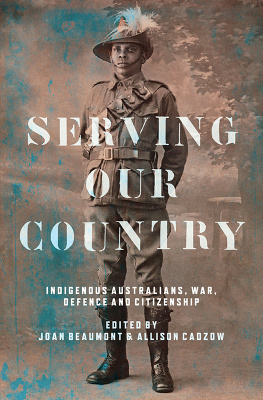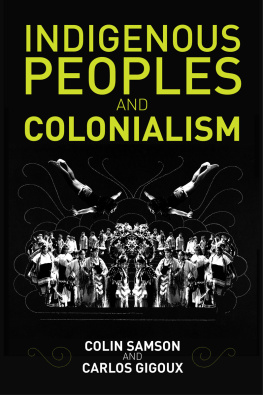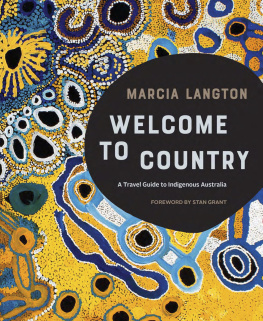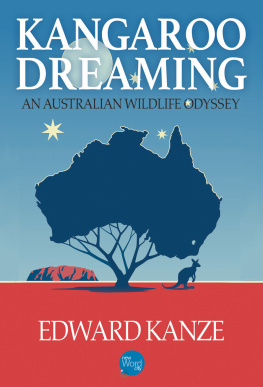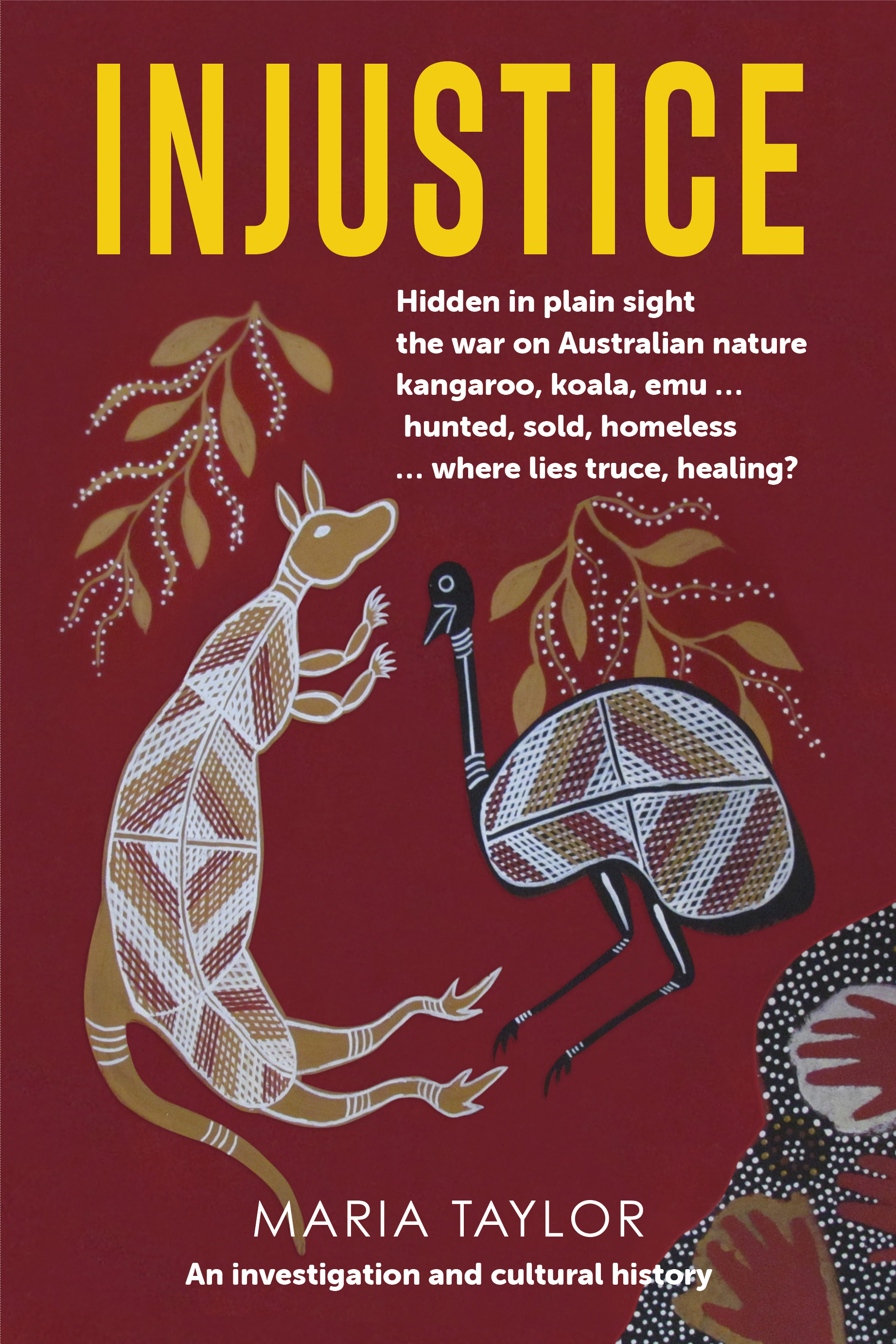Response to Injustice, hidden in plain sight
Injustice draws the veil from attitudes and actions towards wildlife that have pushed Australia into an extinction crisis. Understanding how we got here is vital to recovering the natural world a must read.
Erica Martin, CEO, Humane Society International Australia
Maria Taylor has written an excellent account of the decades of misinformation and malfeasance concerning our relationship with Australias kangaroo populations and other native wildlife since settlement, obviously both a biological research and a moral issue. As the book shows, so far, we have failed both.
Dr Geoff Mosley, speaking from 50 years working with the Australian Conservation Foundation (ACF), Australian Director, Center for the Advancement of the Steady State Economy
In the wake of the Australian colonial land grab, what place remains for the continents unique wildlife? Taylors expos of the past and present Australian wildlife industries will shock and dismay, and her call for a more responsible, regenerative stewardship must be heeded.
Associate Professor Andrea Gaynor, History, The University of Western Australia
Everyone who cares about the future of Australias unique wildlife should read this book.
Ondine Sherman, Author, and co-founder of Voiceless the animal protection institute
First published 2021 by Maria Taylor
Produced by Independent Ink
independentink.com.au
Copyright Maria Taylor 2021
The moral right of Maria Taylor to be identified as the author of this work has been asserted.
All rights reserved. Except as permitted under the Australian Copyright Act 1968 , no part of this publication may be reproduced, stored in a retrieval system, or transmitted in any form or by any means, electronic, mechanical, photocopying, recording or otherwise, without prior written permission from the publisher. All enquiries should be made to the author.
Cover design by Maria Biaggini
Internal design by Independent Ink
Typeset by Post Pre-press Group, Brisbane
Cover image courtesy of Garmarroongoo Michael Huddleston
ISBN 978-0-6450993-0-0 (paperback)
ISBN 978-0-6450993-1-7 (epub)
ISBN 978-0-6450993-2-4 (kindle)
Disclaimer
Copyright permissions were sought by the author and granted as required under copyright law for documentary material used for illustration and analysis of cultural history. Some image material reproduced from public collections is out of copyright by date and has been included on that understanding. All due effort was made to gain permissions and to credit and reference (including links to internet source material) the creators and the owners of cultural and news works appearing in this book. However, if someone feels their work has been used without due permission or credit, they are invited to contact the author/publisher to discuss the matter in good faith. Images in this book are subject to copyright. They cannot legally be copied or reproduced from this book to any communications platform without written permission from the author or the independent copyright holder.
This book is dedicated to the many caring and compassionate Australians First Australians, new Australians and international friends who have watched in sorrow, anger and empathy (and many have taken action) for Australias unique wildlife disrespected and decimated since settlement by economic and political forces. Some of the champions for the voiceless have stories that inform these pages, both looking back and looking forward. All are thanked. Through the decades, and now more than ever, the hope is to stand in the way of the destroyers of the wonders of our natural world: the native animals, plants, ecosystems and the planets life support systems. Australias story is everyones story in the modern world.
I am indebted to the archives of the Australian Wildlife Protection Council (AWPC) which yielded a 50-year documentary history of the fight for Australias wildlife, and exposed institutions and traditions mobilised on the side of a colonial makeover of nature. The documentary record exists also thanks to journalists and news services who penetrated conventions of silence and, across the decades, recorded what was happening in Australia far from its cities.
In Australia power belonged neither to visionaries nor to women, but to ruthless and tough men. Throughout its history its people had been taught to equate material success with happiness, and material achievement with public virtue.
Manning Clark, A Short History of Australia
If such a simple outcome as retrieving the kangaroo from being a wrongfully accused enemy in its own country, treated as vermin in such a despicably cruel manner with no place to hide, cannot be achieved by such a prosperous, educated and secure civilisation as Australia, then what hope for the planet?
David Nicholls, former kangaroo shooter
What the world saw January 2020
Their bodies lie piled up by the side of the road, barely visible through the ochre haze: dozens, maybe hundreds of kangaroos that tried to outrun the flames and perished, in their droves, in the attempt.
Australia is burning The scale of the devastation entire towns wiped out, thousands sheltering on the beach to await military evacuation by sea is hard to overestimate.
But to the rest of the world looking on in horror, among the most ghastly images are those showing the toll on Australias native wildlife. A kangaroo, backlit by flames. A dead joey, charred and still clinging to the fence that it ran up against. Battered koalas, battling serious burns these are the faces put forward in appeals
The power of these images speaks to the hold of Australian wildlife on our collective imagination. If you know nothing else about Australia you know Skippy the Bush Kangaroo. Same with a koala, platypus, dingo, echidna, kookaburra, wombat, possum, emu, saltwater croc take your pick.
[Australias] fauna is instantly recognisable, symbolic of a wild and ancient continent truly unlike any other on Earth. But one of the many ways in which Australia is special is that if you do go there, youll actually see these species.
excerpted from Elle Hunts The world loves kangaroos and koalas. Now we are watching them die in droves: courtesy of Guardian News and Media Ltd 2020 (copyright)
CONTENTS
Authors Note
Writing about wildlife and focusing in particular on the fate of macropods, I was faced with the open question of capitalising animal names, or not, for a general audience and staying consistent. In the end I settled on a hybrid model with capitals and lower case that readers will find in the following pages.
For the extended family of kangaroo species to distinguish them by their common names, I settled for this system: Eastern Grey kangaroo, Red kangaroo, Western Grey kangaroo, Wallaroo, Euro, Brush-tailed Rock-wallaby, also distantly-related Potoroo and Bettong (rat-kangaroos). I used the same logic for other sub-species that had distinguishing common names such as Southern Hairy-nosed wombat, similarly for some birds with double-barrelled names. Apologies in advance for remaining inconsistencies and also to those other central characters of this book emu, koala, dingo and all native species who did not receive the capitalisation treatment.



